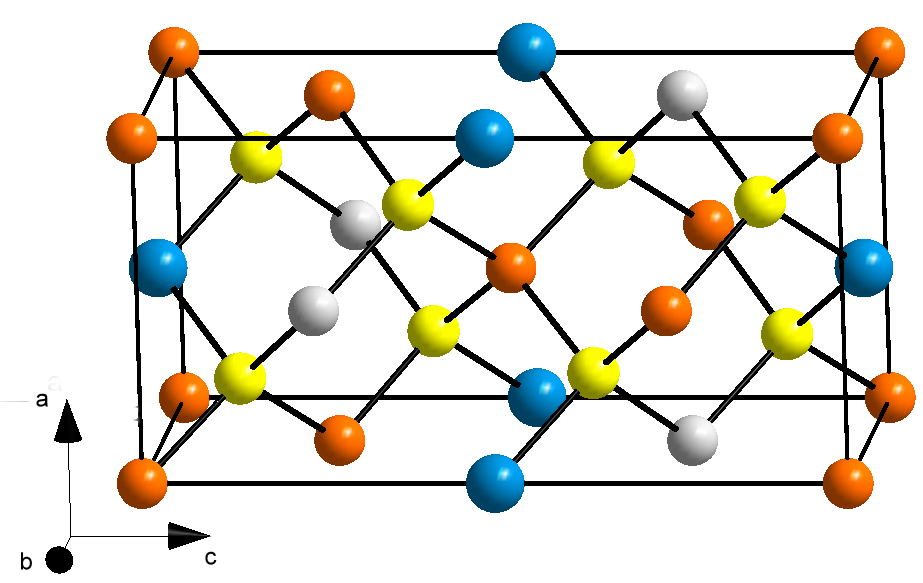Researchers led by Iran’s Tarbiat Modares University, the University of Tehran, the Shahid Bahonar University of Kerman, Semnan University and Kuwait University applied defect analysis to 10.33% efficient kesterite solar cells, their analysis finds that through the carefully controlled addition of defects to the material, this efficiency could be increased as high as 18.47%.
Described in the paper Improving the efficiency of CZTSSe solar cells by engineering the lattice defects in the absorber layer, published in Solar Energy, the device was analyzed for defects through a series of numerical simulations based on the Finite Element Method (FEM), the most utilized approach to solve problems of engineering and mathematical models, and the Finite Difference (FD) technique, which approximates derivatives by combining nearby function values using a set of weights.
The scientists specified that various lattice defects in the kesterite layer, including vacancies, interstitials, and antisite defects are commonly thought to be responsible for the low conversion efficiencies of these cells.
They analyzed, in particular, defects in the copper-zinc tin sulfide/selenide (CZTS and CZTSe) and the kesterite layers. “It is clear that the defects create trap levels inside the bandgap of the layer,” they also stated. “In each part of the defects evaluation, major defects are removed and the defect-less absorber layer of the cell is modeled with the new specified defect in every state for each section.”
Their analysis showed, however, that some of these defects can actually improve cell efficiency instead of lowering it. Defects with densities lower than the absorber layer’s carrier density, and with energy levels far from the electron’s fermi level and the middle of the bandgap. The Fermi level describes the top of the collection of electron energy levels at absolute zero temperature.
“We found out that by defect engineering in the absorber layer, the kesterite solar cell performance can be improved by more than 50%(relative) from 10.33% to 18.47%,” co-author Mehran Minbashi, told pv magazine. Currently, the highest efficiency ever reported for kesterite solar cells is 12.6%. according to the paper.
Minbashi added the group is now working on applying the results of the research to real solar cells. Minbashi further states that kesterite solar cells could reach commercial production by the end of this decade.
Kesterite is one of the most promising light absorber material candidates for potential use in lower-cost thin-film solar cells. Kesterites are comprised of common elements, such as copper, tin, zinc and selenium and, unlike copper indium gallium selenide (CIGS) compounds, no supply bottlenecks are expected in the future. For now though kesterite still lags behind the efficiencies achieved with CIGS in mass production.
This year, Estonian researchers announced a kesterite cell with 8.7% efficiency. In August 2018, Australian researchers achieved a 10% efficiency for a cell based on copper zinc tin sulfide, or sulfide kesterite, in August 2018. The world record for such cells is 12.6%, achieved by Japanese thin-film producer Solar Frontier in 2013.
Last year, researchers from Helmholtz-Zentrum Berlin in Germany revealed that they were trying to replace tin with germanium in the development of kesterite solar cells.
This content is protected by copyright and may not be reused. If you want to cooperate with us and would like to reuse some of our content, please contact: editors@pv-magazine.com.




2 comments
By submitting this form you agree to pv magazine using your data for the purposes of publishing your comment.
Your personal data will only be disclosed or otherwise transmitted to third parties for the purposes of spam filtering or if this is necessary for technical maintenance of the website. Any other transfer to third parties will not take place unless this is justified on the basis of applicable data protection regulations or if pv magazine is legally obliged to do so.
You may revoke this consent at any time with effect for the future, in which case your personal data will be deleted immediately. Otherwise, your data will be deleted if pv magazine has processed your request or the purpose of data storage is fulfilled.
Further information on data privacy can be found in our Data Protection Policy.